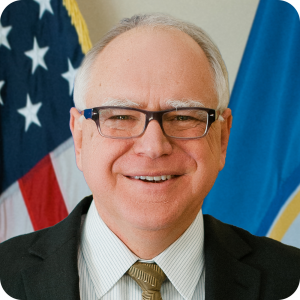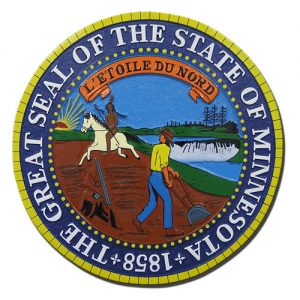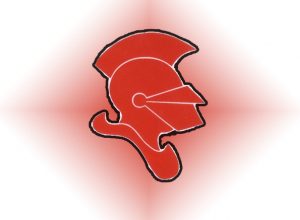Minnesota Governor Issues Statewide Stay-at-Home Order
Governor Tim Walz addressed the people of Minnesota on live video on next steps to combat COVID-19. He talked about scenarios and sacrifice to prevent the deaths of thousands of Minnesotans.
“I could not be prouder of Minnesotans who have stepped up for their neighbors,” said Walz. “Most people are staying home when they can and maintaining social distance.”
Walz said we need a plan of attack for how we are going to battle COVID. Most cases are mild, but 15 percent require hospitalization and five percent require ICU care. If a person is hospitalized and has access to a ventilator, there’s a good chance of survival. However, there’s not enough ICU units to help everyone if cases drastically increase. There are 235 beds available in Minnesota. Much of the time where people are required to shelter in place will not only slow the spread of the sickness, but allow hospitals to increase the number of ICU beds available.
What does a ‘Shelter-In-Place’ Order for COVID-19 Mean?
 A shelter in place would direct Minnesotans to stay at home and limit movement outside of their homes beyond essential needs for two weeks.
A shelter in place would direct Minnesotans to stay at home and limit movement outside of their homes beyond essential needs for two weeks.
To slow the spread of COVID-19 across the state, Governor Tim Walz today signed Executive Order 20-20 directing Minnesotans to stay at home and limit movements outside of their home beyond essential needs. This order takes effect at 11:59 p.m. on Friday, March 27 and ends at 5:00 p.m. on Friday, April 10.
“We must take bold action to save the lives of Minnesotans,” said Governor Walz in a press release. “Having served as a Command Sergeant Major in the Army National Guard, I know the importance of having a plan. While the virus will still be here when this order ends, this action will slow the spread of COVID-19 and give Minnesota time to ready for battle.”
Modeling released Wednesday by the Minnesota Department of Health and University of Minnesota predicts that more than 70,000 Minnesotans could die from COVID-19 if no action is taken. The Governor’s two-week order to stay home is forecasted to significantly slow the spread of COVID-19 and allow the state time to make key preparations for the pandemic. These preparations include building hospital capacity, increasing access to life-saving equipment like ventilators, increasing testing, planning for how to care for vulnerable populations, and assessing public health data to determine which community mitigation strategies are most effective.
Minnesotans may leave their residences only to perform any of the following activities, and while doing so, they should practice social distancing:
- Health and safety activities, such as obtaining emergency services or medical supplies
- Outdoor activities, such as walking, hiking, running, biking, hunting, or fishing
- Necessary Supplies and Services, such as getting groceries, gasoline, or carry-out
- Essential and interstate travel, such as returning to a home from outside this state
- Care of others, such as caring for a family member, friend, or pet in another household
- Displacement, such as moving between emergency shelters if you are without a home
- Relocation to ensure safety, such as relocating to a different location if your home has been unsafe due to domestic violence, sanitation, or essential operations reasons
- Tribal activities and lands, such as activities by members within the boundaries of their tribal reservation
 How COVID-19 is impacting our community
How COVID-19 is impacting our community
Find all of our latest COVID-19 stories here
Workers who work in critical sectors during this time are exempt from the stay at home order. These exemptions are based on federal guidance from the Cybersecurity and Infrastructure Security Agency (CISA) at the U.S. Department of Homeland Security with some Minnesota-specific additions. This includes, but is not limited to, jobs in:
Healthcare and public health;
Law enforcement, public safety, and first responders;
Emergency shelters, congregate living facilities, drop-in centers;
Child care;
Food and agriculture;
News media;
Energy;
Water and wastewater; and
Critical manufacturing.
The Governor also Wednesday issued executive orders extending the closure of bars, restaurants, and other public accommodations set forth in Executive Orders 20-04 and 20-08 until May 1, 2020 at 5:00 pm and authorizing the Commissioner of Education to implement a Distance Learning Period for Minnesota’s students beginning on March 30 through May 4, 2020. Watch the full press conference here.
Brooklyn Center | Brooklyn Park | Crystal | Golden Valley | Maple Grove | New Hope | Osseo | Plymouth | Robbinsdale

















